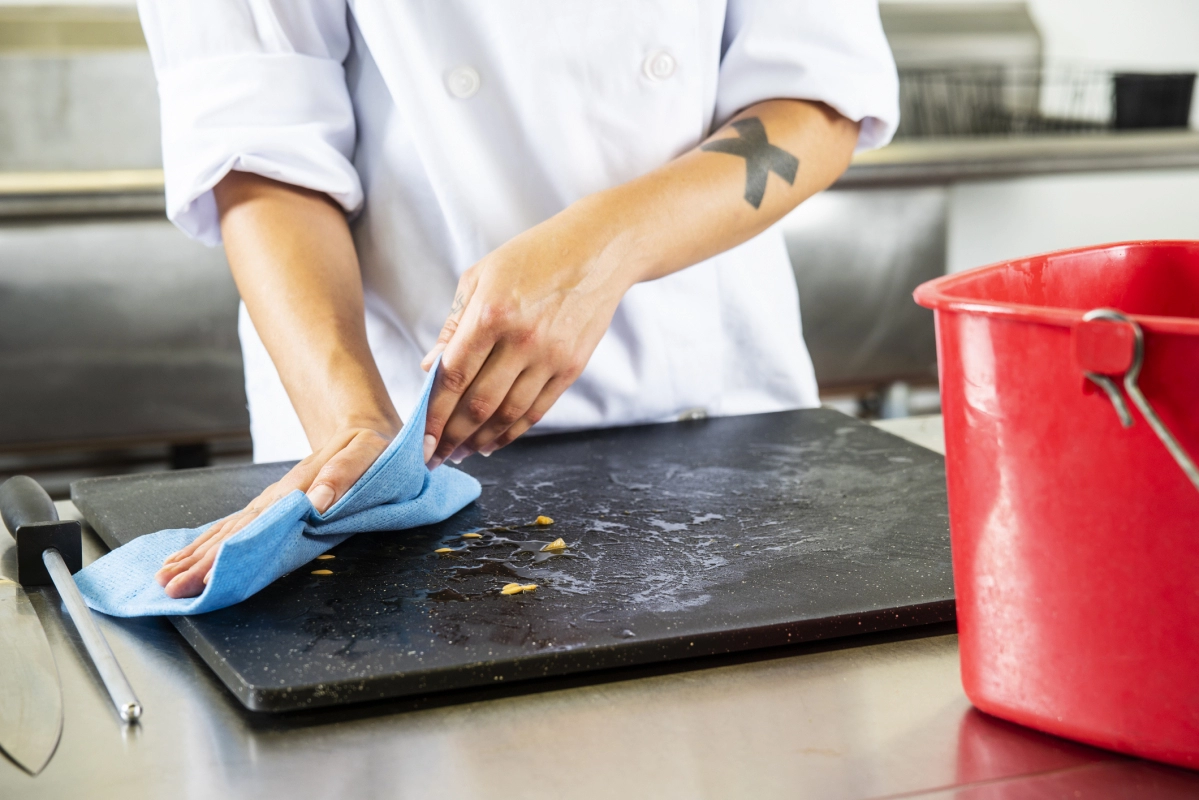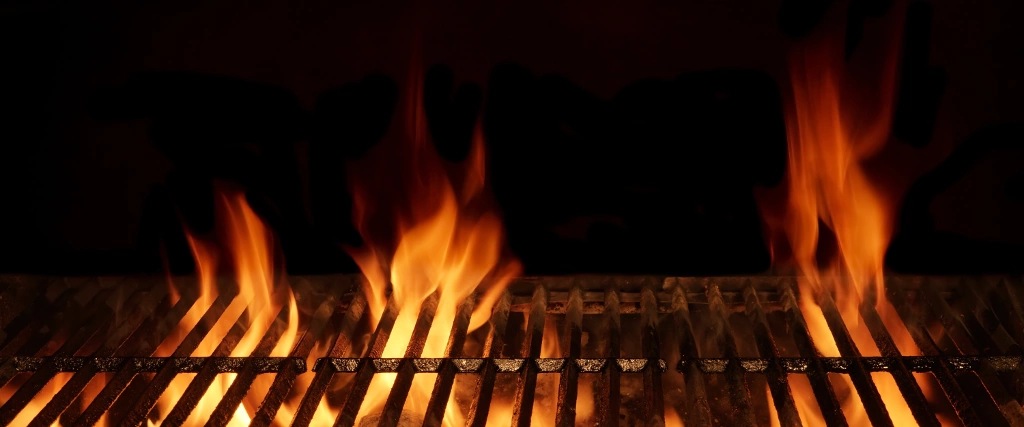
5 Microwave Food Safety Tips for Restaurants and Home Cooks
Health Canada recently updated its MICROWAVE FOOD SAFETY GUIDELINES. With over 4 million cases of food poisoning per year in Canada, both commercial food service workers and consumers can benefit from more education on how to make sure the food you are reheating in the microwave is safe.
1. How long was it in the fridge for?
Before even putting something in the microwave, have a look at how long it has been in the refrigerator. ACCORDING TO THE USDA, cooked meats are generally safe to reheat if they have been in the fridge for 3-4 days. This counts for food in any kind of packaging, including vacuum sealed bags.
2. Food from the freezer
Read labels carefully – if it says “cook from frozen”, do so. If it doesn’t, ensure that it is thawed completely before you reheat food in the microwave. If you are defrosting something in the microwave, remove all packaging and defrost it on a plate – never refreeze something you have defrosted in the microwave once it has been defrosted and is not cooked. If thawing in the microwave make sure to cook the food immediately after cooking.
3. Microwave for a bit longer than you think you should
Microwaves don’t heat food evenly, even if you have the kind which rotates the food as it cooks. Because of this, you should always heat something up 1-2 minutes longer in order to ensure that it is fully cooked – extra care should be taken with leftovers which contain meat or dairy products, as these are more prone to bacterial growth. It also helps to stir food that is being microwaved about halfway through cooking with a utensil that you wash and do not use to eat the food.
4. Use a food thermometer to test microwaved food
Health Canada recommends a digital thermometer for the most accurate readings, which should be washed between uses (e.g. multiple uses on the same dish) to prevent cross contamination. We would additionally recommend to find a thermometer with a fine tip because they are much faster at reading temperatures.
An old-fashioned non-digital thermometer needs to be calibrated in order to work properly. The USDA’s website gives detailed instructions on how to calibrate a food thermometer using either ice water or boiling water.
When measuring temperatures, choose the thickest part of the food that is being reheated, and test it in multiple spots. Reheated food should be 74 degrees Celsius or higher, consistently throughout the dish. Microwaved food should be eaten right away, and reheated food shouldn’t be stored back in the fridge.
5. An additional note for restaurants
If you are reheating a plate of food that is being served to a customer, give the plate a minute to cool down so that the server and customer can safely handle it. If it’s still a bit hot to the touch, caution the server to warn the customer not to touch the plate.
Additionally, ensure that microwave ovens are cleaned and sanitized after each food service window (e.g. breakfast, lunch and dinner) to minimize the risk of cross-contamination; especially if they are being used for cooking foods from a raw state rather than just reheating ready-to-eat foods.

